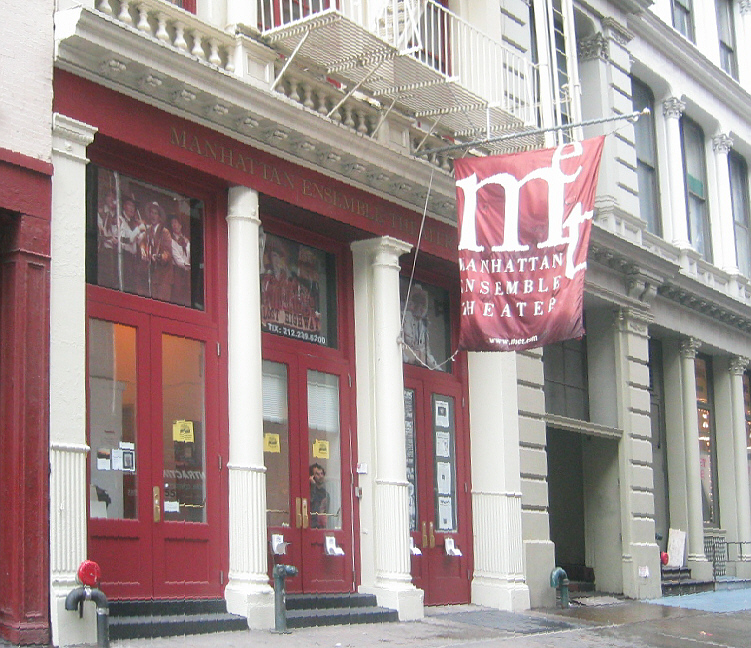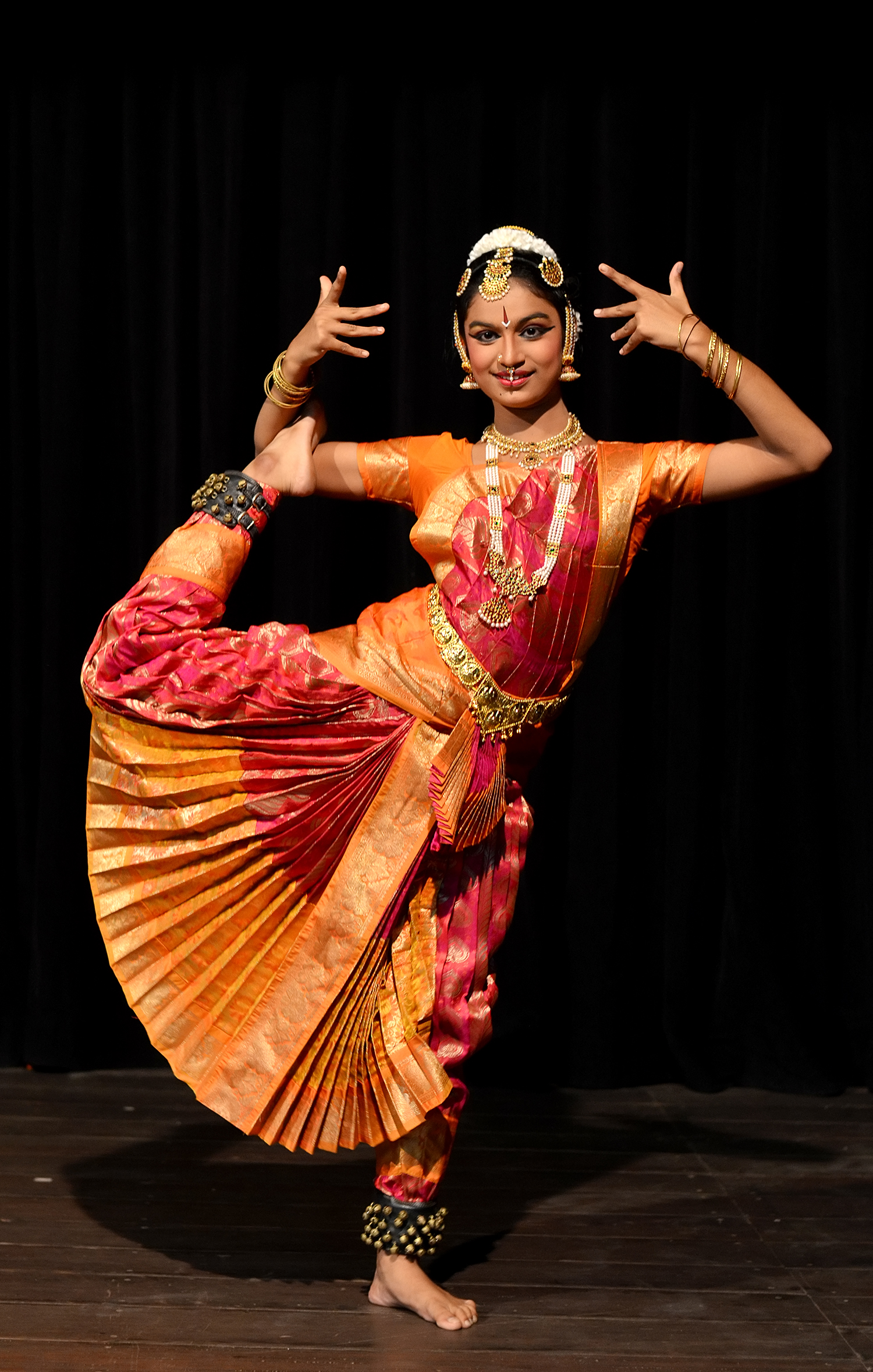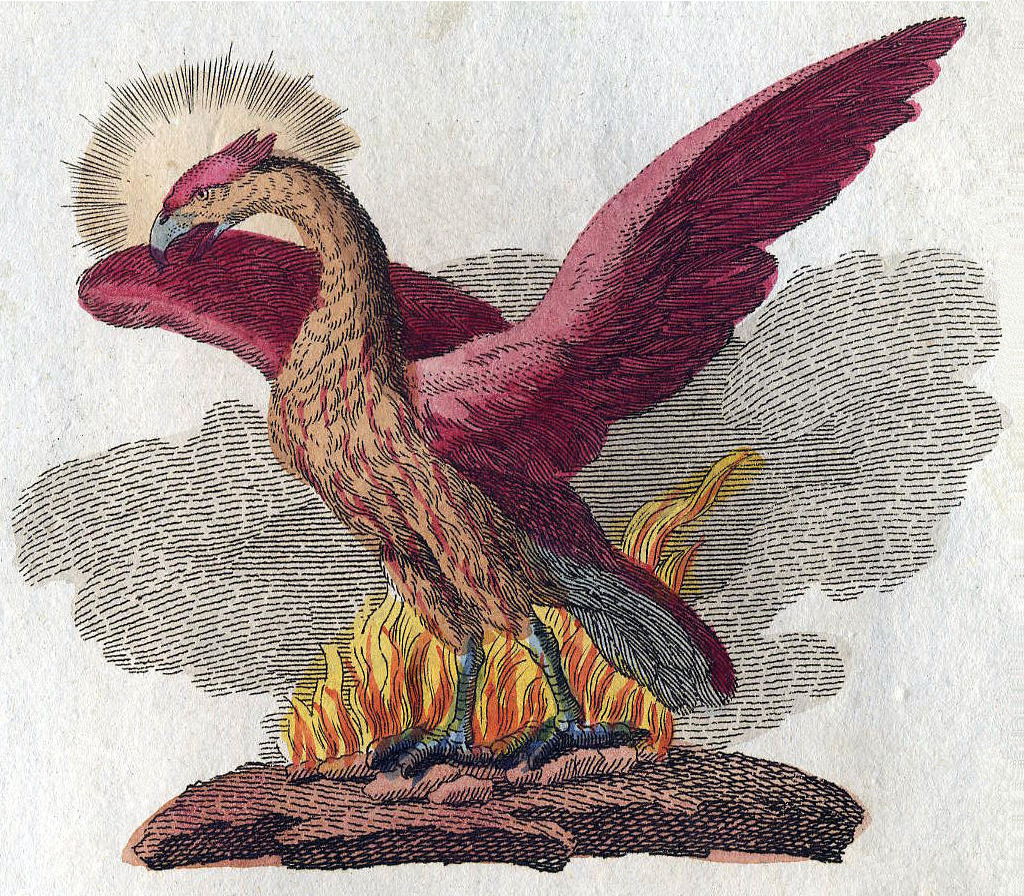|
Movement Medicine
Movement Medicine is a movement meditation practice, intended to create an experiential and embodied connectedness with the world. It was developed by Susannah and Ya'Acov Darling Khan, who directed the Moving Centre School Europe, representing Gabrielle Roth and the 5Rhythms in Europe until 2007. Movement Medicine integrates physical, artistic, spiritual, shamanic and therapeutic practices so as to stimulate human creativity, healing and transformation, focussing on the relationship with ourselves, each other, the earth, and the spirit of life. It is non-denominational, aiming to answer the spiritual impulse without the need for dogma or belief. The Movement Medicine practice is meant to give people tools to integrate the freedom and aliveness of the dance into daily life. Besides 5Rhythms, Movement Medicine is influenced by shamanism, Helen Poynor's "Walk of Life" movement work, and global environmental initiatives such as the "Awakening the Dreamer" Symposium. Although not a so ... [...More Info...] [...Related Items...] OR: [Wikipedia] [Google] [Baidu] |
Gabrielle Roth
Gabrielle Roth (February 4, 1941 – October 22, 2012) was an American dancer and musician in the world music and trance dance genres, with a special interest in shamanism. She created the 5Rhythms approach to movement in the late 1970s; there are now hundreds of 5Rhythms teachers worldwide who use her approach in their work. Roth worked at the Kripalu Center for Yoga & Health and at the Omega Institute for Holistic Studies. She founded an experimental theatre company in New York, wrote three books, created over twenty albums of trance dance music with her band The Mirrors, and directed or has been the subject of ten videos. Early life Born in San Francisco, Roth was originally inspired to dance, aged seven, by seeing a ballerina through the window of a dance school, deciding that was her vocation. She found a book that showed the ballet positions and started to practice in her bedroom, eventually coming to have ballet lessons. She attended Roman Catholic schools and listene ... [...More Info...] [...Related Items...] OR: [Wikipedia] [Google] [Baidu] |
Earth (classical Element)
Earth is one of the classical elements, in some systems being one of the four along with air, fire, and water. European tradition Earth is one of the four classical elements in ancient Greek philosophy and science. It was commonly associated with qualities of heaviness, matter and the terrestrial world. Due to the hero cults, and chthonic underworld deities, the element of ''earth'' is also associated with the sensual aspects of both life and death in later occultism. Empedocles of Acragas proposed four '' archai'' by which to understand the cosmos: ''fire'','' air'', ''water'', and ''earth''. Plato (427–347 BCE) believed the elements were geometric forms (the platonic solids) and he assigned the cube to the element of ''earth'' in his dialogue ''Timaeus''. Aristotle (384–322 BCE) believed ''earth'' was the heaviest element, and his theory of '' natural place'' suggested that any ''earth–laden'' substances, would fall quickly, straight down, towards the center of ... [...More Info...] [...Related Items...] OR: [Wikipedia] [Google] [Baidu] |
Sacred Dance
Sacred dance is the use of dance in religious ceremonies and rituals, present in most religions throughout history and prehistory. Its connection with the human body and fertility has caused it to be forbidden by some religions; for example, some branches of Christianity and Islam have prohibited dancing. Dance has formed a major element of worship in Hindu temples, with strictly formalized styles such as Bharatanatyam, which require skilled dancers and temple musicians. In the 20th century, sacred dance has been revived by choreographers such as Bernhard Wosien as a means of developing community spirit. Purposes The theologian W. O. E. Oesterley proposed in 1923 that sacred dance had several purposes, the most important being to honour supernatural powers; the other purposes were to "show off" before the powers; to unite the dancer with a supernatural power, as in the dances for the Greek goddesses Demeter and Persephone; making the body suitable as a temporary dwelling ... [...More Info...] [...Related Items...] OR: [Wikipedia] [Google] [Baidu] |
Shamanism
Shamanism is a religious practice that involves a practitioner (shaman) interacting with what they believe to be a Spirit world (Spiritualism), spirit world through Altered state of consciousness, altered states of consciousness, such as trance. The goal of this is usually to direct Non-physical entity, spirits or Energy (esotericism), spiritual energies into the physical world for the purpose of healing, divination, or to aid human beings in some other way. Beliefs and practices categorized as "shamanic" have attracted the interest of scholars from a variety of disciplines, including anthropologists, archeologists, historians, religious studies scholars, philosophers and psychologists. Hundreds of books and Academic publishing#Scholarly paper, academic papers on the subject have been produced, with a peer-reviewed academic journal being devoted to the study of shamanism. In the 20th century, non-Indigenous Peoples, Indigenous Westerners involved in countercultural movements, ... [...More Info...] [...Related Items...] OR: [Wikipedia] [Google] [Baidu] |
Phoenix (mythology)
The phoenix is an immortal bird associated with Greek mythology (with analogs in many cultures) that cyclically regenerates or is otherwise born again. Associated with the sun, a phoenix obtains new life by rising from the ashes of its predecessor. Some legends say it dies in a show of flames and combustion, others that it simply dies and decomposes before being born again. In the ''Motif-Index of Folk-Literature'', a tool used by folklorists, the phoenix is classified as motif B32.Thompson. (2001: 581). The origin of the phoenix has been attributed to Ancient Egypt by Herodotus and later 19th-century scholars, but other scholars think the Egyptian texts may have been influenced by classical folklore. Over time the phoenix motif spread and gained a variety of new associations; Herodotus, Lucan, Pliny the Elder, Pope Clement I, Lactantius, Ovid, and Isidore of Seville are among those who have contributed to the retelling and transmission of the phoenix motif. Over time, extendin ... [...More Info...] [...Related Items...] OR: [Wikipedia] [Google] [Baidu] |
Tree Of Life
The tree of life is a fundamental archetype in many of the world's mythological, religious, and philosophical traditions. It is closely related to the concept of the sacred tree.Giovino, Mariana (2007). ''The Assyrian Sacred Tree: A History of Interpretations'', page 129. Saint-Paul. The concept of the tree of life may have originated in Central Asia, and absorbed by other cultures, such as Scandinavian mythology and Altai shamanism. The tree of knowledge, connecting to heaven and the underworld, and the tree of life, connecting all forms of creation, are both forms of the world tree or cosmic tree, and are portrayed in various religions and philosophies as the same tree. Religion and mythology Various trees of life are recounted in folklore, culture and fiction, often relating to immortality or fertility. They had their origin in religious symbolism. According to professor Elvyra Usačiovaitė, a "typical" imagery preserved in ancient iconography is that of two s ... [...More Info...] [...Related Items...] OR: [Wikipedia] [Google] [Baidu] |
Air (classical Element)
Air is one of the four classical elements along with water, earth and fire in ancient Greek philosophy and in Western alchemy. Greek and Roman tradition According to Plato, it is associated with the octahedron; air is considered to be both hot and wet. The ancient Greeks used two words for air: ''aer'' meant the dim lower atmosphere, and ''aether'' meant the bright upper atmosphere above the clouds. Plato, for instance writes that "So it is with air: there is the brightest variety which we call ''aether'', the muddiest which we call mist and darkness, and other kinds for which we have no name...." Among the early Greek Pre-Socratic philosophers, Anaximenes (mid-6th century BCE) named air as the ''arche''. A similar belief was attributed by some ancient sources to Diogenes Apolloniates (late 5th century BCE), who also linked air with intelligence and soul (''psyche''), but other sources claim that his ''arche'' was a substance between air and fire. Aristophanes parodied such t ... [...More Info...] [...Related Items...] OR: [Wikipedia] [Google] [Baidu] |
Water (classical Element)
Water is one of the classical elements in ancient Greek philosophy along with air, earth and fire, in the Asian Indian system '' Panchamahabhuta'', and in the Chinese cosmological and physiological system '' Wu Xing''. In contemporary esoteric traditions, it is commonly associated with the qualities of emotion and intuition. Greek and Roman tradition Water was one of many ''archai'' proposed by the Pre-socratics, most of whom tried to reduce all things to a single substance. However, Empedocles of Acragas (c. 495 – c. 435 BC) selected four archai for his four roots: air, fire, water and earth. Empedocles roots became the four classical elements of Greek philosophy. Plato (427–347 BC) took over the four elements of Empedocles. In the Timaeus, his major cosmological dialogue, the Platonic solid associated with water is the icosahedron which is formed from twenty equilateral triangles. This makes water the element with the greatest number of sides, which Plato regarded as app ... [...More Info...] [...Related Items...] OR: [Wikipedia] [Google] [Baidu] |
Fire (classical Element)
Fire is one of the four classical elements along with earth, water and air in ancient Greek philosophy and science. Fire is considered to be both hot and dry and, according to Plato, is associated with the tetrahedron. Greek and Roman tradition Fire is one of the four classical elements in ancient Greek philosophy and science. It was commonly associated with the qualities of energy, assertiveness, and passion. In one Greek myth, Prometheus stole ''fire'' from the gods to protect the otherwise helpless humans, but was punished for this charity. Fire was one of many '' archai'' proposed by the pre-Socratics, most of whom sought to reduce the cosmos, or its creation, to a single substance. Heraclitus considered ''fire'' to be the most fundamental of all elements. He believed fire gave rise to the other three elements: "All things are an interchange for fire, and fire for all things, just like goods for gold and gold for goods." Diels-Kranz B90 (Freeman 9481970p. 45. He had a ... [...More Info...] [...Related Items...] OR: [Wikipedia] [Google] [Baidu] |
Spiritual Transformation
Spiritual transformation involves a fundamental change in a person's sacred or spiritual life. Psychologists examine spiritual transformation within the context of an individual's ''meaning system'', Israela Silberman (2005)Religion as a meaning system: Implications for the new millennium ''Journal of Social Issues'', v61 n4, pp641-663. especially in relation to concepts of the sacred or of ultimate concern.Robert A. Emmons (1999). ''The psychology of ultimate concerns: Motivation and spirituality in personality''. New York: Guilford. Two of the fuller treatments of the concept in psychology come from Kenneth Pargament and from Raymond Paloutzian. Pargament holds that "at its heart, spiritual transformation refers to a fundamental change in the place of the sacred or the character of the sacred in the life of the individual. Spiritual transformation can be understood in terms of new configurations of strivings" (p. 18). Kenneth I. Pargament. (2006). The meaning of spir ... [...More Info...] [...Related Items...] OR: [Wikipedia] [Google] [Baidu] |
5Rhythms
5Rhythms is a movement meditation practice devised by Gabrielle Roth in the late 1970s. It draws from indigenous and world traditions using tenets of shamanistic, ecstatic, mystical and eastern philosophy. It also draws from Gestalt therapy, the human potential movement and transpersonal psychology. Fundamental to the practice is the idea that everything is energy, and moves in waves, patterns and rhythms. Roth describes the practice as a soul journey, and says that by moving the body, releasing the heart, and freeing the mind, one can connect to the essence of the soul, the source of inspiration in which an individual has unlimited possibility and potential. The practice The practice of the 5Rhythms is said by Gabrielle Roth to put the body in motion in order to still the mind. The five rhythms (in order) are Flowing, Staccato, Chaos, Lyrical and Stillness.USPTO Registration # 4840073 European Union (https://euipo.europa.eu/eSearch/) Registration # 014276281 The ... [...More Info...] [...Related Items...] OR: [Wikipedia] [Google] [Baidu] |
Empowerment
Empowerment is the degree of autonomy and self-determination in people and in communities. This enables them to represent their interests in a responsible and self-determined way, acting on their own authority. It is the process of becoming stronger and more confident, especially in controlling one's life and claiming one's rights. Empowerment as action refers both to the process of self-empowerment and to professional support of people, which enables them to overcome their sense of powerlessness and lack of influence, and to recognize and use their resources. As a term, empowerment originates from American community psychology and is associated with the social scientist Julian Rappaport (1981). However, the roots of empowerment theory extend further into history and are linked to Marxist sociological theory. These sociological ideas have continued to be developed and refined through Neo-Marxist Theory (also known as Critical Theory). In social work, empowerment forms a practical ... [...More Info...] [...Related Items...] OR: [Wikipedia] [Google] [Baidu] |





